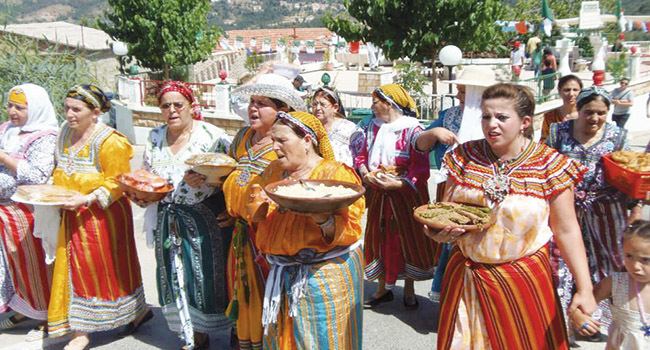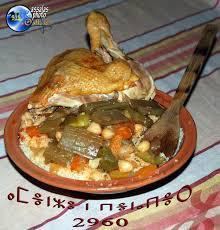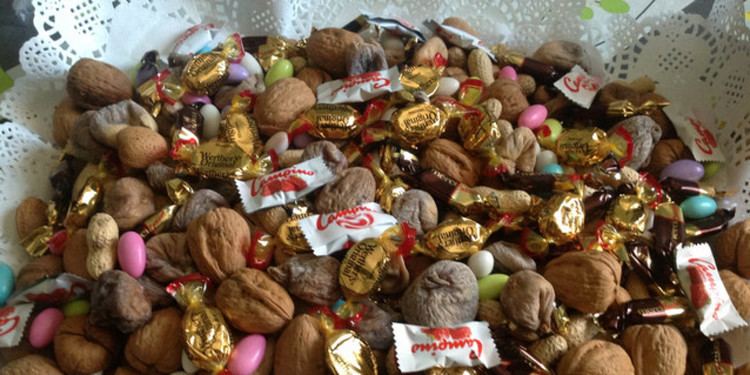Official name Asuggas Amazigh Type Berber Ends 15 January 2016 date 14 January | Also called Amazigh New Year Begins 14 January 2017 date 14 January | |
 | ||
Yennayer is the Berber Year (Berber: ⴰⵙⵓⴳⴳⴰⵙ ⴰⵎⴰⵣⵉⵖ Asuggas Amazigh) or the agrarian year used since antiquity by the Berbers in North Africa. It corresponds to the first day of January of the Julian Calendar, which is shifted thirteen days compared to the Gregorian calendar, i.e. 14 January of every year. Probably due to a mistake of the first cultural associations asking to return to this traditional celebration, the opinion that the traditional date is 12 January is very widespread, especially in Algeria.
Contents
- Canal algerie yennayer en algerie
- Origins
- Etymology
- The celebration and the tradition
- Imensi umenzu n yennayer Dinner of the first day of January
- An opportunity to exchange wishes for prosperity
- References

Canal algerie yennayer en algerie
Origins

In 1968, the Berber Academy proposed to inaugurate a "Berber Era", after the Christian era and the Islamic calendar. It fixed as year one of the Berber calendar the first known manifestations of the Berber civilization, in the Ancient Egypt, when the Berber Libyan Shoshenq I (Cacnaq, founder of the 22nd Egyptian dynasty) took the throne and became a Pharaoh in ancient Egypt.
Etymology

Yennayer is a composed Berber word. Yenn means one or first and Ayur means month, hence Yennayer means first month.
The celebration and the tradition

Yennayer is a very widespread in Tamazgha. It is considered as national celebration. The Berber year 2967 corresponds to 2017.
Imensi umenzu n yennayer (Dinner of the first day of January)
The meal prepared for this circumstance is hearty and different from the everyday ones. The rites are done in a symbolic manner. They aim to eliminate the famine, to augur the future and the change, and to warm welcome the invisible forces the Berber believed in.
For the preparation of " imensi n yennayer ", the Kabyle uses the meat of the sacrificed animal (asfel) to complement the couscous, fundamental element of the berber culinary art.
An opportunity to exchange wishes for prosperity
Yennayer symbolizes longevity, and it is often the occasion to include other familiar events:
